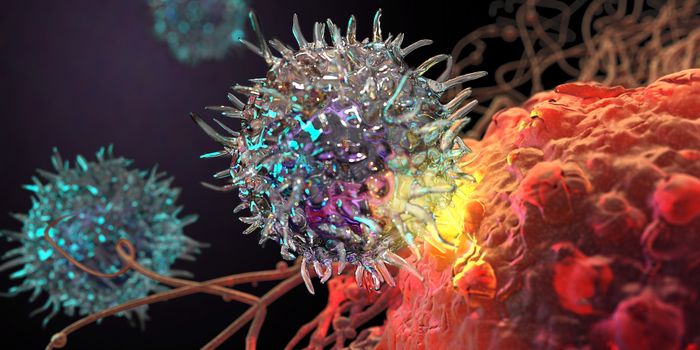Cryptic Variant Found in NYC's Sewers
Viral experts are still unsure where and how the Omicron variant originated, but one thing is clear: it has overtaken prior SARS-CoV-2 variants and wreaked havoc. As of the end of January 2022, the Omicron variant was responsible for 96.4% of global COVID cases.
While some scientists are focusing their efforts on developing therapies and vaccines to stop COVID variants from emerging for good, others are looking for clues on the variants’ origins in an unlikely place—the sewers.
Between 40 and 80 percent of individuals infected with COVID-19 are shedding trace amounts of SARS-CoV-2 RNA every time they flush. This makes wastewater surveillance an essential tool to track the spread of the virus across communities. The Centers for Disease Control and Prevention (CDC) recently announced plans to expand their current monitoring program (that spans 400 sites) in an effort to keep a closer eye on infection trends throughout the U.S.
Now a team of virologists studying variants in New York City’s wastewater samples has reported strange sequences not linked to any of the known circulating strains.
The research was reported in the journal Nature Communications.
“The mutations that we were observing in our sample weren’t typical among any of the known sequences circulating at that time,” said Queen College’s John Dennehy.
Dennehy said these unidentified variants shared a common mutation in the Q498 location. Interestingly, the team searched through databases of known SARS-CoV-2 sequences from human infections but didn’t get a hit—New York City’s ‘cryptic’ variants did not match any of those from clinical samples.
For now, the source of the mysterious sequences has yet to be found, but the authors offer a number of hypotheses for their origins. For instance, they may be spread via a non-human animal reservoir—the city’s eight million rodent residents, perhaps? More worryingly, this may signal the emergence of a new variant capable of infecting humans that has yet to be discovered.









